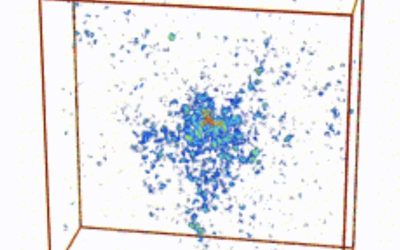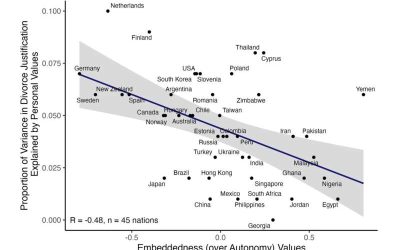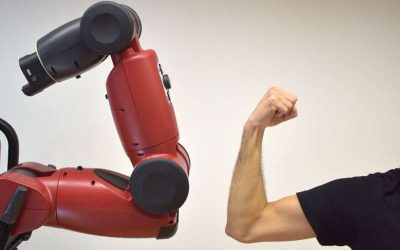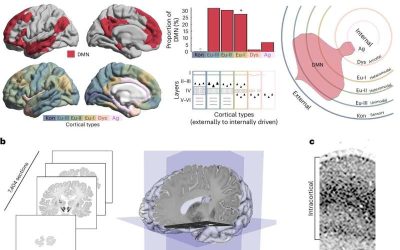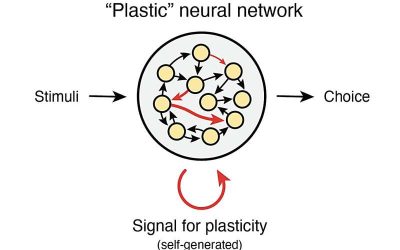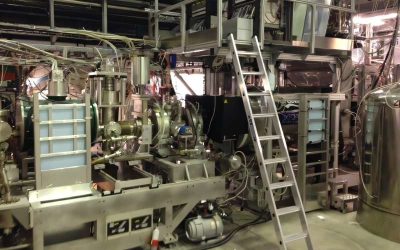Work
Simulations reveal Anderson transition for light in 3D disordered systems
The Anderson transition is a phase transition that occurs in disordered systems, which entails a shift from a diffusive state (i.e., in which waves or particles are spread out) to a localized state,...
Divorce can be predicted by interactions between cultural and personal values, study finds
Divorce, the legal dissolution of marriage, can be driven by a variety of factors, ranging from changes in the economic status or health conditions of spouses to contrasting values. The end of a...
Neuromechanics-inspired control solution boosts robot adaptability
To be successfully deployed on a large-scale and in a wide range of real-world settings, robots should be able to rapidly adjust their movements while interacting with humans and their surroundings,...
Modular robot design uses tethered jumping for planetary exploration
Recent technological advances have opened new possibilities for the development of robotic systems, including spacecraft for the exploration of other planets. These new systems could ultimately...
Mapping the human brain’s default mode network: Anatomical study suggests it has widespread influence
The default mode network (DMN) is a set of interconnected brain regions known to be most active when humans are awake but not engaged in physical activities, such as relaxing, resting or...
Dual-domain architecture shows almost 40 times higher energy efficiency for running neural networks
Many conventional computer architectures are ill-equipped to meet the computational demands of machine learning-based models. In recent years, some engineers have thus been trying to design...
Dual-domain architecture shows almost 40 times higher energy efficiency for running neural networks
Many conventional computer architectures are ill-equipped to meet the computational demands of machine learning-based models. In recent years, some engineers have thus been trying to design...
A promising technique to steer laser-produced THz radiation in air
Terahertz radiation (THz), electromagnetic radiation with frequencies ranging from 0.1 and 10 THz, is central to the functioning of various technologies, including imaging, sensing and spectroscopy...
Brain-inspired neural networks reveal insights into biological basis of relational learning
Humans and certain animals appear to have an innate capacity to learn relationships between different objects or events in the world. This ability, known as "relational learning," is widely regarded...
The ALPHA experiment moves towards the increasingly precise study of antihydrogen
Antimatter is a fascinating kind of matter made up of antiparticles, which have a mass equivalent to that of their normal matter counterparts, yet they exhibit an opposite charge and distinct...

